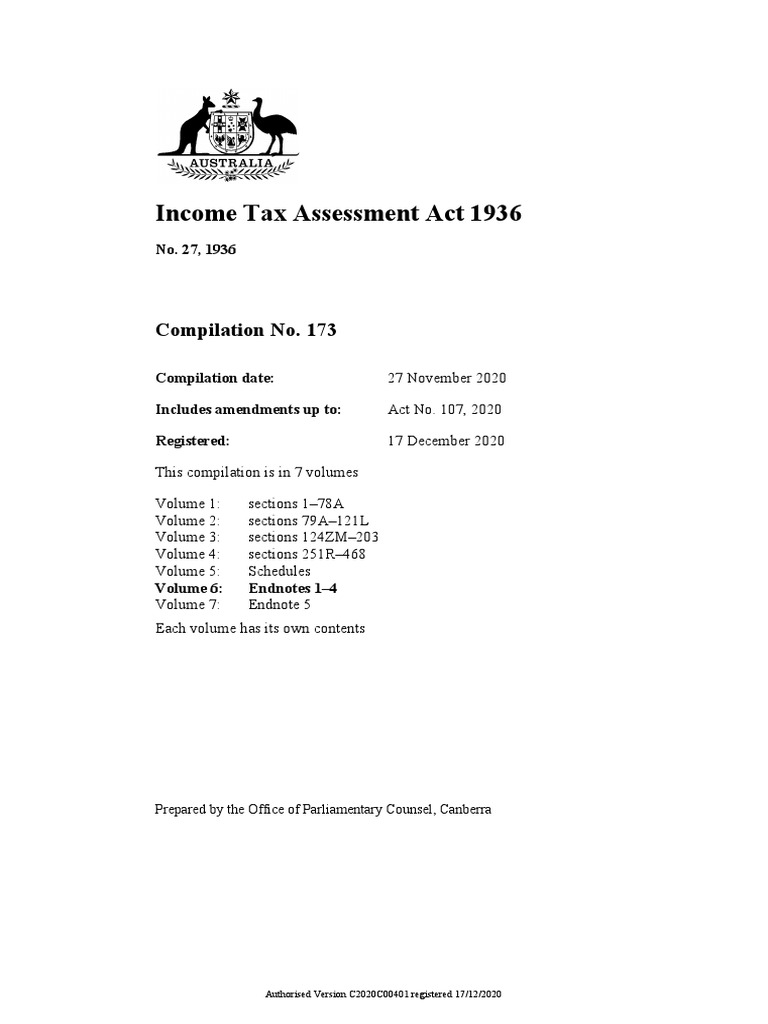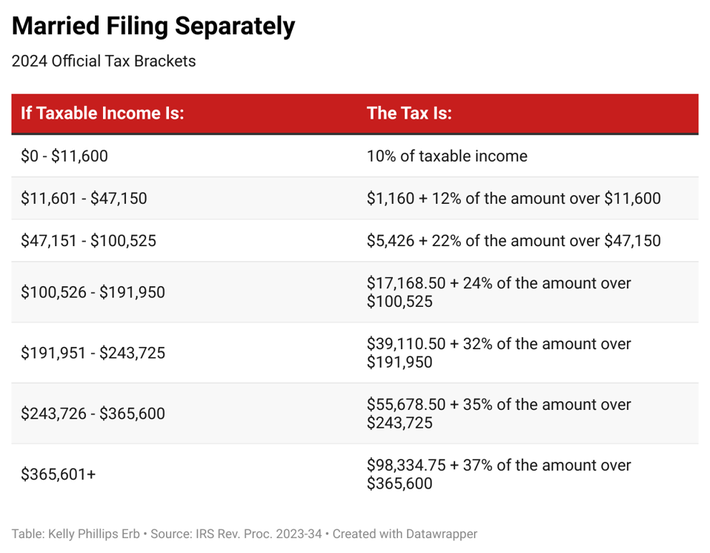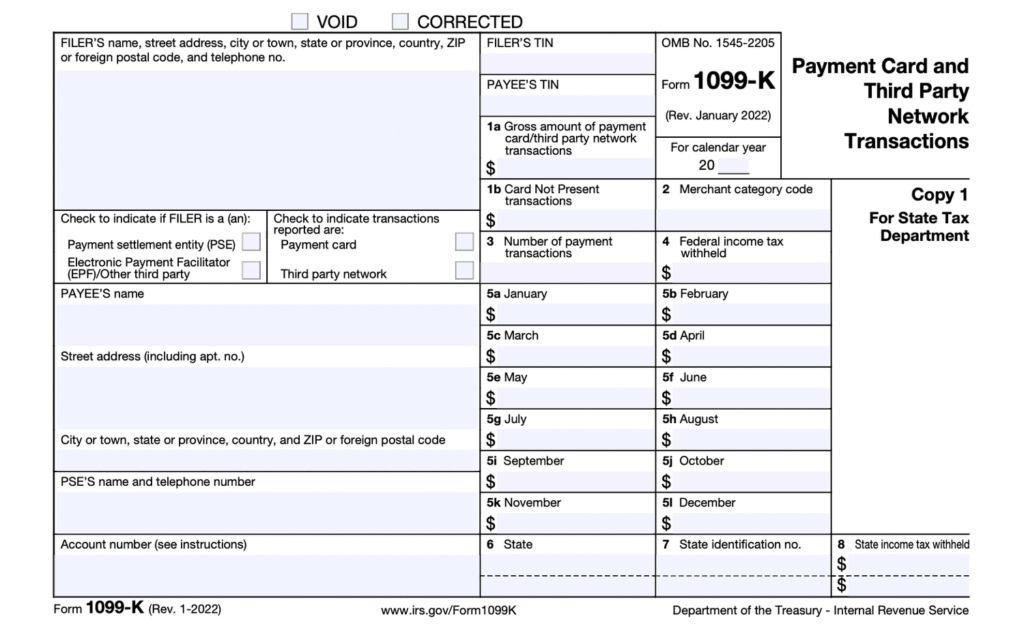
The 16th Amendment Explained!
Hey there! Curious about the 16th Amendment? You’ve come to the right place! Let’s dive into the world of U.S. history and find out what this amendment is all about!
What is the 16th Amendment?
The 16th Amendment to the U.S. Constitution was ratified on February 3, 1913. It grants Congress the authority to impose an income tax without having to apportion it among the states or base it on the U.S. Census. This was a major shift in how the federal government could collect revenue.
Official Text
The official text of the 16th Amendment reads:
“The Congress shall have power to lay and collect taxes on incomes, from whatever source derived, without apportionment among the several States, and without regard to any census or enumeration.”
Why Was It Created?
Before the 16th Amendment, the primary source of federal revenue came from tariffs and excise taxes. The Progressive Era brought about significant social and political reforms, and many advocated for a fairer tax system where the wealthier individuals would bear a greater share of the financial burden. This was seen as a way to distribute wealth more evenly and reduce the reliance on tariff revenue, which burdened the middle and lower classes.
Key Historical Context
The Revenue Act of 1861
The first attempt at a federal income tax was the Revenue Act of 1861, enacted to fund the Civil War, but it was repealed in 1872.
The Wilson-Gorman Tariff Act of 1894
This act included an income tax provision, but it faced legal challenges. The Pollock v. Farmers’ Loan & Trust Co. Supreme Court case in 1895 ruled that income taxes on interest, dividends, and rents were direct taxes and hence unconstitutional if not apportioned among the states.
Path to Ratification
In response to the Pollock decision, President William H. Taft proposed a constitutional amendment. The amendment was ratified by the required three-fourths of the states by 1913, leading to the implementation of a federal income tax system.
The Impact
The most significant impact of the 16th Amendment was the dramatic increase in federal revenue, which allowed the government to fund large-scale projects and services. This shift marked a turning point in the federal government’s ability to influence the nation’s economy and social structures.
Want to Know More?
For detailed information, you can check out the full text and historical context of the 16th Amendment on the official congressional website.
Now you know all about the 16th Amendment! Stay curious and keep exploring!

Mason Caldwell is a financial expert and writer who specializes in topics related to taxation, personal finance, and economic analysis. With extensive experience in the financial industry, Mason has contributed to numerous financial publications, sharing insights that help individuals and businesses make smarter financial decisions. Known for his ability to simplify complex financial topics, Mason’s articles are both informative and accessible to a wide audience. When he’s not writing, Mason enjoys hiking, reading historical novels, and exploring new technologies in finance.






